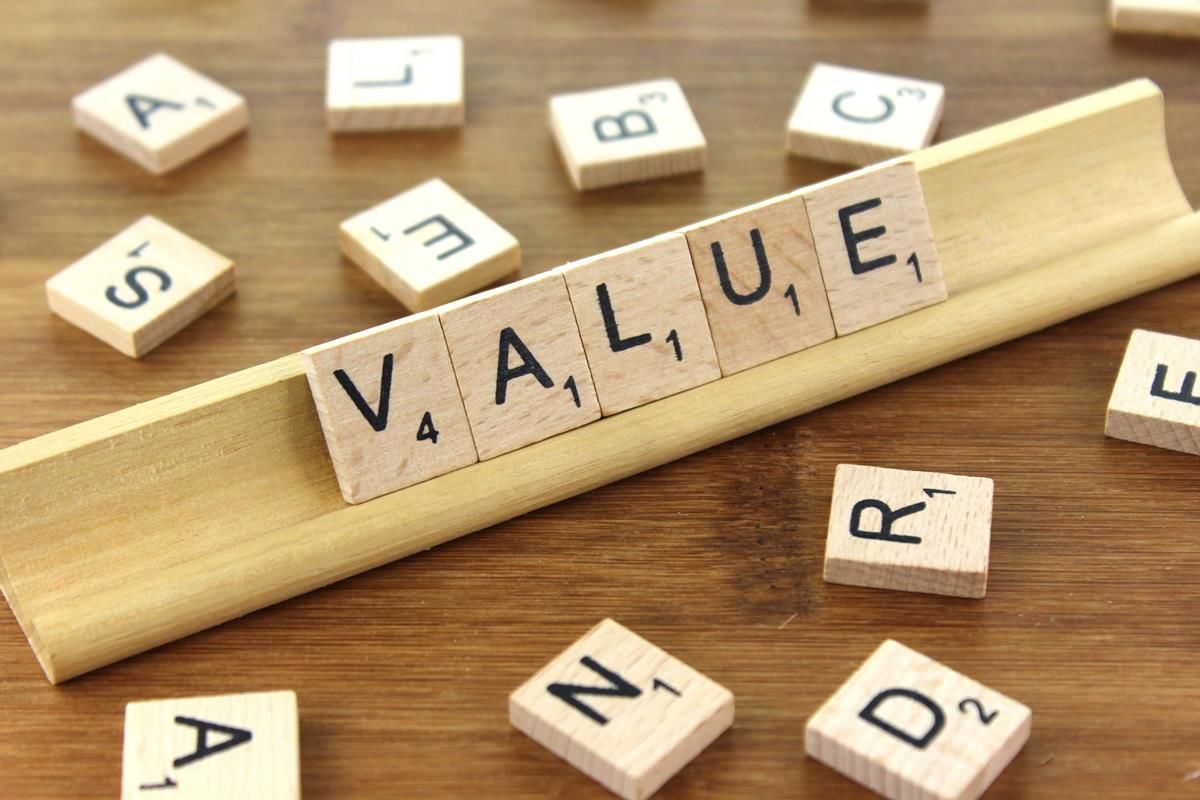
Value Optimisation
As like most architects, SPACE has always wanted to maximise value for our clients. However, over the past 20 years, we have looked deeper into the meaning of value and how we can use innovation and research to improve outcomes for our clients.
We call this Value Optimisation. We use proven processes and technologies to improve efficiency and reduce waste through design, construction and operation.
The first step is to define value for a client. Value is different for everyone and the lowest cost is not necessarily the best value.
Whilst all projects benefit from value optimisation, those with the potential for standardisation and ongoing process improvement have a greater opportunity for efficiency improvement and waste reduction
SPACE deliver these programmes with retailers, housebuilders and government, where we continually develop and improve their product whilst refining delivery and operation.
Much of the learning which the SPACE team has benefitted from has been gathered from the manufacturing sector, we have then adapted this to be relevant to the construction sector. Many of these processes are influenced by Lean Manufacturing, developed by Toyota following World War II.
An example of one manufacturing benefit is the ability to produce repeatable, forecastable results in the controlled environment of a factory floor rather than in the more unpredictable world of construction. However, there is an increasing awareness and investment in offsite construction where components are manufactured in factory conditions, improving quality and predictability.
Every project has unique opportunities and challenges; however, the guiding principles of value optimisation are relevant to all projects.
Define value from the client’s perspective
With value optimisation, our starting point is not design but understanding why the client wants a building in the first place and what business outcomes they are hoping to deliver with this investment. We not only design a building but focus on the results our client is hoping to achieve.
With carbon being such an important factor in today’s society, we often challenge the need for a building at all.
With a deep understanding of what value means to our client, we can develop a specification that can be tested against objective criteria.
Delivering value
To achieve optimum value in the design, construction and operation of a building, all stages need to be considered together. A single-stage may influence the performance of another.
The construction industry is acknowledged as disjointed and inefficient.
In contrast, the automotive industry has a single manufacturer who designs, builds and maintains as a car. However, in construction, the process involves multiple organisations at each stage. As part of our value optimisation process, key stages and milestones are mapped and areas of waste, risk and inefficiency identified so they can be analysed and hopefully eliminated or managed.
Typically, this challenge embeds process and culture within design and construction and requires stakeholder buy-in. For example, a dedicated supply chain with supply agreements or a preferred installer may not offer the lowest cost but may reduce risk and a higher quality outcome.
Eliminate Waste
The understanding and analysis of waste in resources such as time, cost or materials, is the foundation of the value optimisation process.
In the first instance, waste can be minimised in the design process where materials can be used efficiently to align with product manufacture. The construction process can then be refined to ensure time is used efficiently and little waste material is removed from the site.
Construction has a culture of acceptance of defects as part of the process. In the automotive industry, a continuous improvement process designs out defects. Returning to a building to rectify issues is costly and disruptive. With feedback and analysis, as well as using standard information, defects can be reduced in operational buildings.
Design decisions are often made in isolation from the construction process, affecting the potential for efficient programming in construction. If the construction process is considered through design, construction can be reduced through better use of resources.
The ideal state of a value optimised project is a continuous, uninterrupted workflow that is reliable and predictable.
Continuous Improvement
The development of the design and processes is an ongoing activity that is achieved through a consistent flow of data and feedback which is acted upon, continually refining the design and processes to increase value.
Using a value optimisation process, buildings are delivered faster and cheaper with less waste and to a higher quality, whilst continually improving value for the client.
Author
___________________
Rob Charlton
